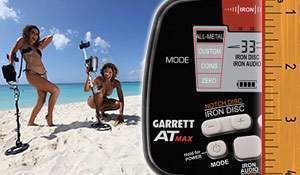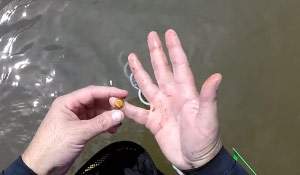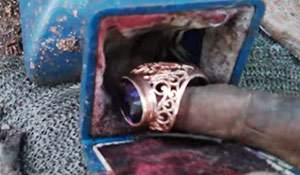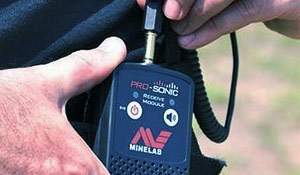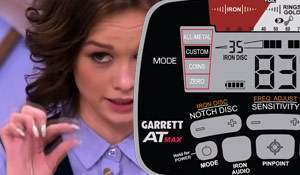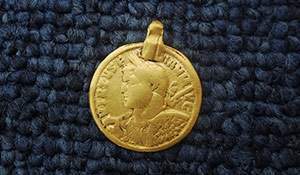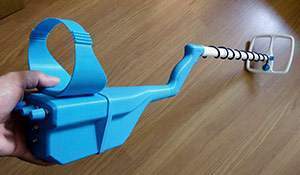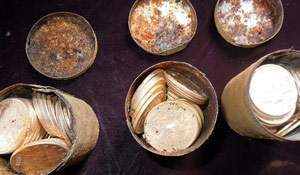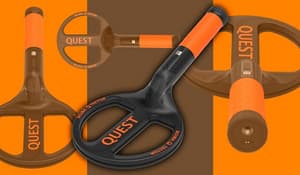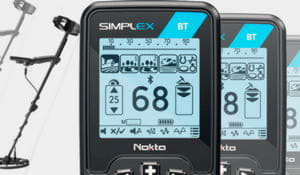Testing the Nokta Impact on chain (gold & salt beach)
Back in my days, the only test performed with a metal detector was the one on depth, and everything was clear after the first sweeps with a search coil. A modern approach to a detector is not as simple, including a wide variety: a recovery speed test, a test of how a unit emits false responses, a test on brick and gold, a salt water/beach test, a gold chain test, etc. You want to buy the device that really yields finds, don’t you? Or will any rod that makes a beeping sound and costs $25 be enough for you? Here’s an illustrative test showing how the Nokta Impact works on salt beach: how the machine reacts to a gold chain and whether or not it’s possible to miss such a find. Continue reading
Comparison: Garrett AT MAX & Garrett AT PRO. Depth + salt test
It’s strange, very strange, when the manufacturer has to prove that its new machine is on par with an old one. But it’s difficult to prove it if the new detector looks and works similarly to the old one. For example, the manufacturer says that the new Garrett AT MAX provides greater detection depth than the old Garrett AT PRO. But is it true? Both devices actually come with identical coils. Or, as another example, according to Garrett, on salt beach (and in saltwater) will the Garrett AT MAX operate considerably better than the Garrett AT PRO. Here’s a salt beach test: to compare the Garrett AT MAX and Garrett AT PRO. Also, a depth test: how the machines react to salt sand and water. Continue reading
Is it OK to try on someone’s ring? A must-watch for those who dig
That feeling when he is sitting over wearing 8 rings on 5 fingers – taking ease and rejoicing at the good finds… Some commenters say that you mustn’t put on other people’s rings. But why is that? The rings now belong to you, so only you should decide what to do with them. Continue reading
A must-watch for those who dig. When your find is a gun
Here’s an underwater search at an old dock. Great finds, calm atmosphere… What else could a treasure hunter ask for? You can appreciate the number of discoveries as a result of the first dive! Will you be able to pick up so many things on the ground? Continue reading

